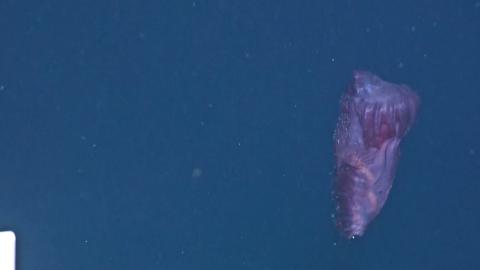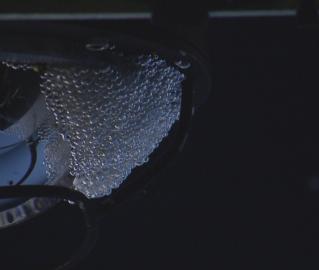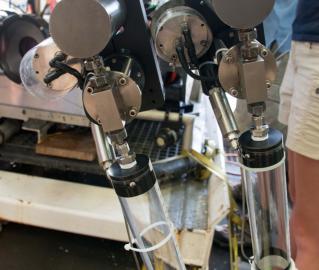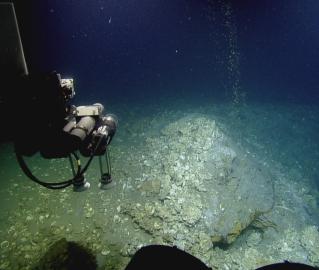GISR Introduction: Where Will the Oil Go?
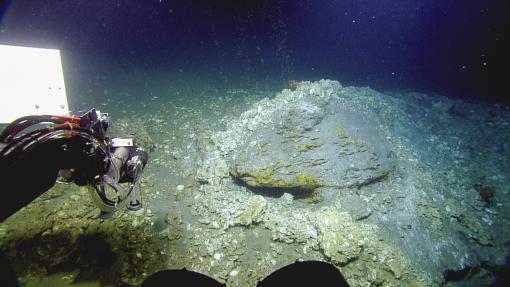
An Introduction
Yesterday marked the completion of our first dive of the next part of the 2014 Nautilus expedition season. We are referring to this leg as GISR, which stands for the Gulf Integrated Spill Response, a consortium, funded by the Gulf of Mexico Research Initiative (GoMRI). This initiative was created and funded by BP following the Deepwater Horizon oil spill.
The goal of the GISR Consortium’s projects are to understand and predict the fundamental behavior of petroleum fluids in the ocean environment.
By studying how natural petroleum seeps (bubble plumes) rise out of the seafloor and disperse in the water, we can better understand how much of these products are making it into the atmosphere, and also more about the mid level ocean currents and patterns.
When the Deepwater Horizon oil spill happened, we understood very little about where and how the oil dispersed in the Gulf of Mexico. These surveys and experiments will help scientists be able to better predict and understand how future spills would disperse so that we may be able to take better reactive and preventative measures.
Why Bubbles?
When natural petroleum seeps out of the ground, the bubbles of gas or liquid begin to rise to the surface. The nature and composition of these bubbles, how fast they rise, and how they distribute themselves in the water column all are important components of how much of the petroleum products make it to the surface and are ultimately released into the atmosphere.
It’s important to capture the bubbles both directly and in water samples, study and photograph them in their “release state,” and track them to the surface. After recovery of the ROVs, samples are removed for further analysis and study and the images analyzed to put the larger picture together.
To learn more about the experiments and instruments on these dives, read our GISR Dive Guide here: http://www.nautiluslive.org/blog/2014/07/20/guide-gisr-dives-what-does-do
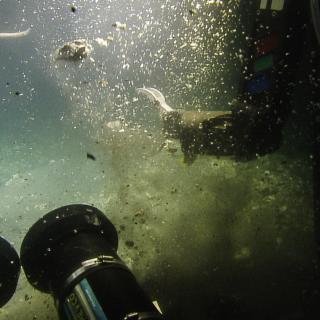
Gulf Integrated Spill Research (GISR)
This cruise is part of the Gulf Integrated Spill Response (GISR) Consortium, funded by the Gulf of Mexico Research Initiative (GoMRI). The vision of the GISR Consortium is to understand and predict the fundamental behavior of petroleum fluids in the ocean environment. This capability is critical to inform decisions during response to oil spills and for development of mitigation plans, ultimately yielding significant environmental and financial savings.
